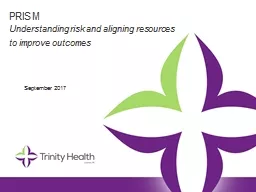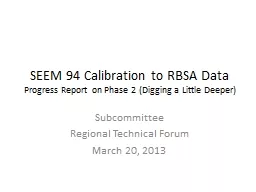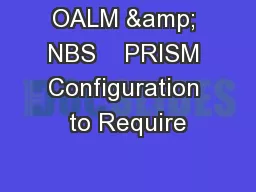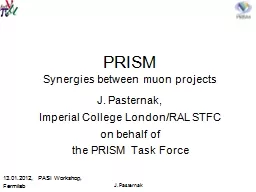PPT-PRISM Understanding risk and aligning resources to improve outcomes
Author : cheryl-pisano | Published Date : 2020-04-06
September 2017 2014 Trinity Health Livonia MI 2 Overview for today Background on PRISM PRISM bundles risk based interventions Impact of PRISM bundles Where are
Presentation Embed Code
Download Presentation
Download Presentation The PPT/PDF document " PRISM Understanding risk and aligning r..." is the property of its rightful owner. Permission is granted to download and print the materials on this website for personal, non-commercial use only, and to display it on your personal computer provided you do not modify the materials and that you retain all copyright notices contained in the materials. By downloading content from our website, you accept the terms of this agreement.
PRISM Understanding risk and aligning resources to improve outcomes: Transcript
Download Rules Of Document
" PRISM Understanding risk and aligning resources to improve outcomes"The content belongs to its owner. You may download and print it for personal use, without modification, and keep all copyright notices. By downloading, you agree to these terms.
Related Documents














